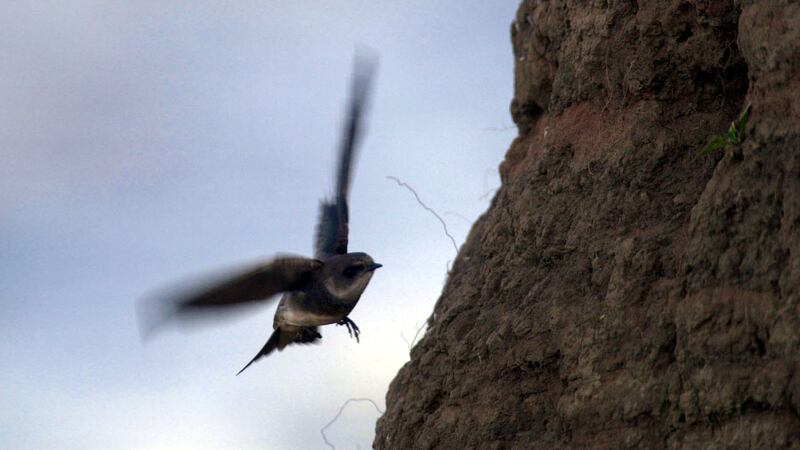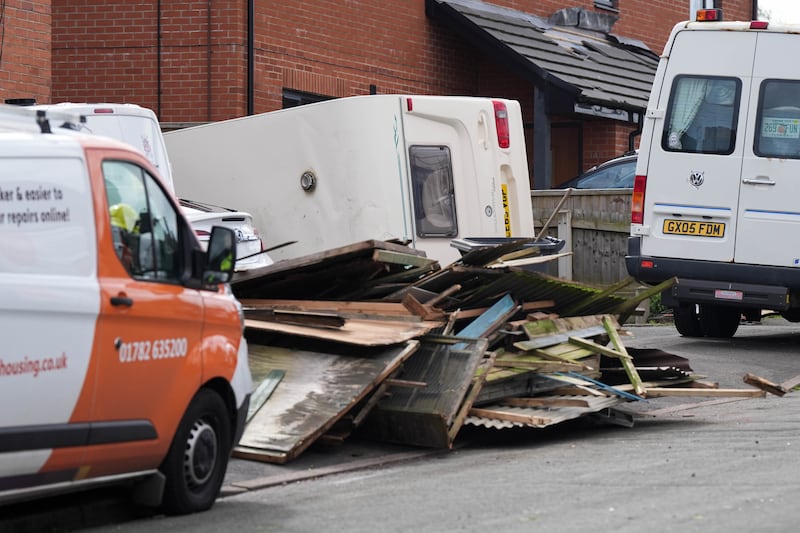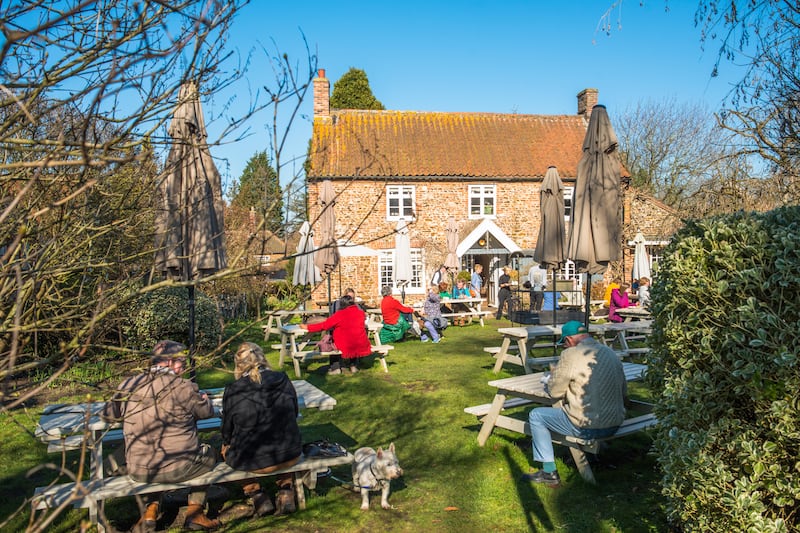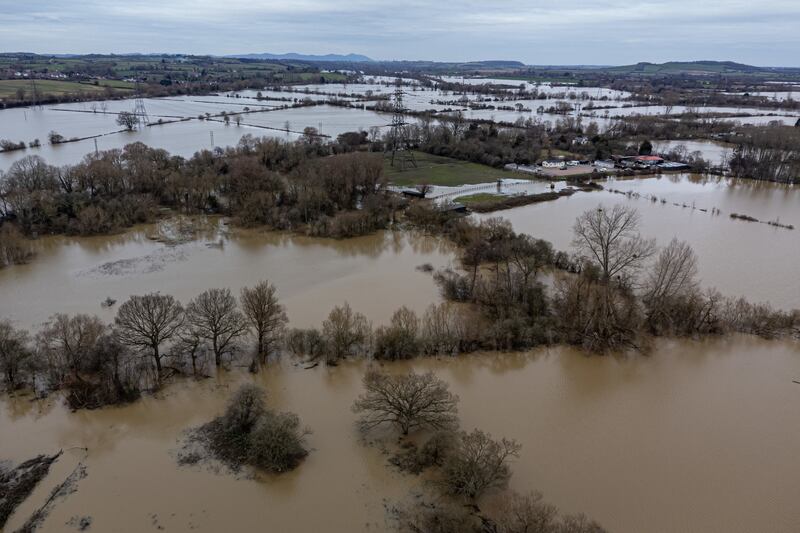A council has started work to take down netting on cliffs after images of sand martins being prevented from returning to their nest sites prompted an outcry.
North Norfolk District Council used the netting at Bacton to encourage sand martins to nest further along the coast as it delivers a major sandscaping project to protect homes and Bacton Gas Terminal.
The council said the use of the temporary specialist netting followed a detailed environmental assessment and had been approved by government conservation agency Natural England, with advice from the RSPB.
Heart breaking to see that @NorthNorfolkDC have not taken our (and their contractors) original advice, and instead netted over 1km of the Bacton cliff face. The onus is on NNDC now to do the right thing for our sand martins #NetsDownForNature📹@NorfolkBea pic.twitter.com/GTXp6BzN9W
— RSPB East (@RSPBintheEast) April 8, 2019
But the bird conservation charity urged the council to remove the nets, which they said did not match their advice.
The call came as footage emerged of birds, which have arrived in the UK after migrating from Africa, trying to enter their cliff burrows but being prevented from doing so by the netting.
In a statement issued on Thursday, the council said that staff met representatives of the charity at the site to discuss how much netting could be removed.
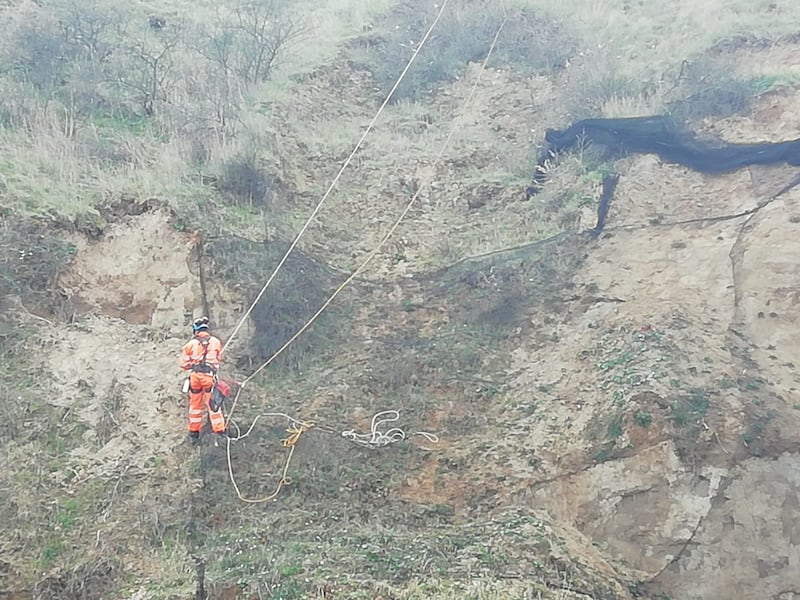
It said: “A very detailed assessment was carried out as to where it was considered by all parties that the protection could be removed with minimal likelihood of future disturbance of sand martins while the works to protect people’s homes and critical infrastructure are underway.
“It was agreed that the lower levels of protection, where sand will be placed as part of the project, will be retained, alongside very limited protection above this level where it was considered there was an increased potential for disturbance to occur.
“Protection will be retained in the agreed areas over existing burrowing holes and potential nesting sites, however extensive areas will be removed.”
UPDATED STATEMENT: – Contractors are currently on site at #Bacton to safely remove netting as agreed following further discussions with the RSPB. https://t.co/0b7jPP5NN3 pic.twitter.com/IUCA9BJB4g
— North Norfolk DC (@NorthNorfolkDC) April 11, 2019
It said the council will continue to monitor the situation with continued advice from the RSPB and Natural England.
Fabian Harrison, of the RSPB, said: “We’re happy to say the contractors have started taking down the netting, which is brilliant to see.
“We will continue to have conversations with the council as a matter of urgency through the coming days to ensure that we can get as much netting down as possible but still allowing for their sandscaping scheme to continue.”
The netting is part of the Bacton to Walcott sandscaping project, which will place 1.8 million cubic metres of sand on the beaches to provide protection to Bacton Gas Terminal and the villages of Bacton and Walcott.
